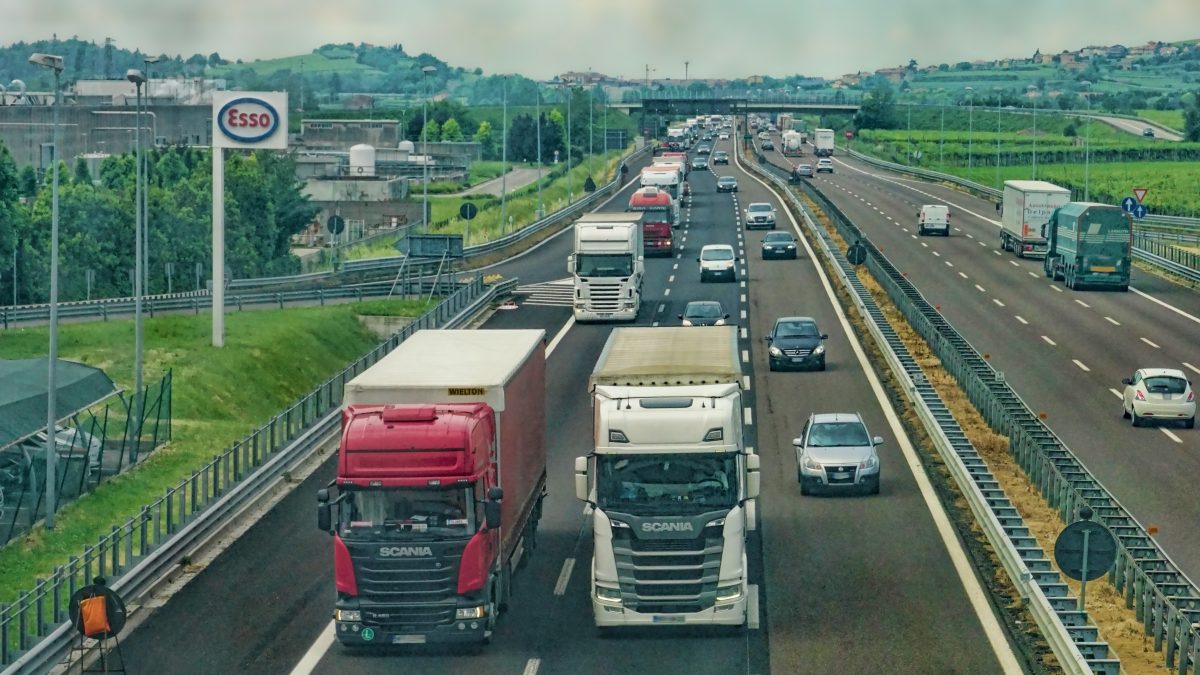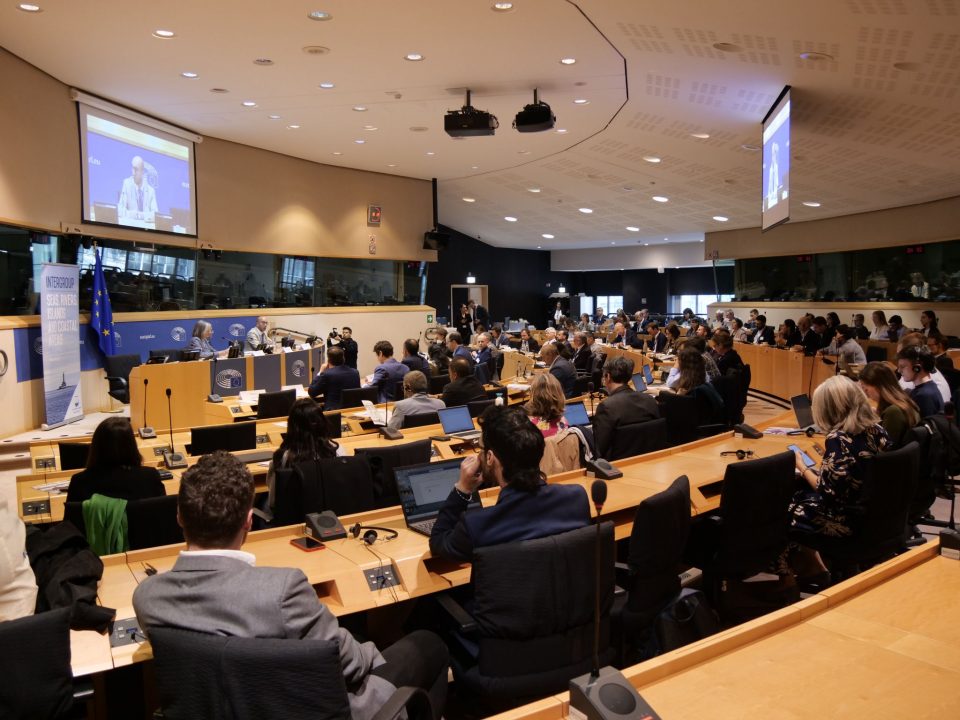90% emissions reductions for new trucks: European Commission revises the CO2 standards 2040 target
On 14 February 2023, the European Commission released its ambitious proposed revision to the CO2 standards for trucks, trailers, and buses from 2030 onwards. The proposal still has to be approved by the European Parliament and the Council of the European Union in the coming months, but if accepted as it stands, this will mean the gradual introduction of stricter CO2 emission standards for all new HDVs with certified CO2 emissions, specifically:
• 45% emissions reductions from 2030.
• 65% emission reductions from 2035.
• 90% emissions reduction from 2040.
A full 100% emissions reduction target was originally considered by the impact assessment but failed to make it in the final proposal because of uncertainty about when zero-emission technologies will be available for all trucks, including those operating in challenging driving conditions such as mountainous or desertic terrains.
To accelerate the deployment of zero-emission buses in cities, in line with the EU’s climate and zero pollution objectives the Commission also proposes to make all new city buses zero-emission as of 2030.
A proposal in line with EU’s increased climate ambitions.
Since 2014, emissions in the heavy-duty vehicles sector have drastically increased, especially in the freight sector due to growing road transport demand, which is not expected to decrease in the future. To this day, the majority of HDV in the EU fleet (99%) run on internal combustion engines, fuelled largely by imported fossil fuels. The new CO2 standards proposed are in accordance with the EU’s increased climate ambitions, the Fit for 55 package and the Paris Agreement.
A positive impact on the energy transition
Accordingly to the European Green Deal and REPowerEU objectives and the Renewable Energy Directive, the Commission’s proposal is intended to lower the demand for imported fossil fuels and enhance energy savings and efficiencies in the EU’s transport sector by supporting renewable sources of energy for transport, in line with the progress observed the last decade. The share of energy from renewable sources used for transport in the EU increased from under 2% in 2005 to 10.2% in 2020 according to the European Environmental Agency.
Next steps:
The ball is now in the court of the European Parliament and the Council of the European Union : both institutions will put forward their own amendments to the document that will turn into a regulation once they have reached an agreement.




